ACP Eligibility: Who is Qualified for ACP? Detailed Guidance
The government’s Affordable Connectivity Program (ACP) provides support to low-income households to assist cover the internet connection cost. This program is available to families that satisfy certain income requirements and can help them save money monthly. If you’re curious about the particularly affordable connectivity program eligibility (ACP eligibility) and whether you’re eligible to participate, keep reading.
Your Household Income Is At Or Below 200% Of The Federal Poverty Guidelines
If your income is at or below 200% of the U.S. Federal Poverty Guidelines, you can join the ACP program. If you have 4 people in your home and live in California, your household income must be less than $55,500 per year to qualify for the ACP.
Participant in One of the Federal Assistance Programs to Meet ACP Eligibility
To meet the ACP eligibility requirements, you must enroll in SNAP, Medicaid, Federal Public Housing Assistance (Section 8 Housing), SSI, WIC, or Lifeline.
1. Lifeline
The Lifeline program is a government-funded initiative that assists low-income families in getting phone service. You can apply for a cheap phone plan through your phone carrier or the government’s Universal Service Administration Company if you qualify for the Lifeline program (USAC).
To be considered for the Lifeline program, you must show proof of income and residency. You can apply online, over the phone, or in person at a telephone provider or a USAC office near you.

2. SNAP
The Supplemental Nutrition Aid Program (SNAP) is a federal assistance program that assists low-income people and families in purchasing food. The United States Department of Agriculture administers SNAP (USDA).
More than 40 million low-income individuals and families receive food assistance through the SNAP each month. SNAP eligibility is determined by several variables, including household income, assets, and family size.
If you want SNAP assistance, you must apply via your state. SNAP application methods vary by state, but you will normally need to complete an application and submit it to your local SNAP office. You may also need to produce proof of your eligibility for SNAP assistance. You’ll get an Electronic Benefits Transfer (EBT) card once your application is available, which you may use to buy SNAP-eligible food at participating locations.
For more information on SNAP and how to apply in your state, please visit the SNAP website.
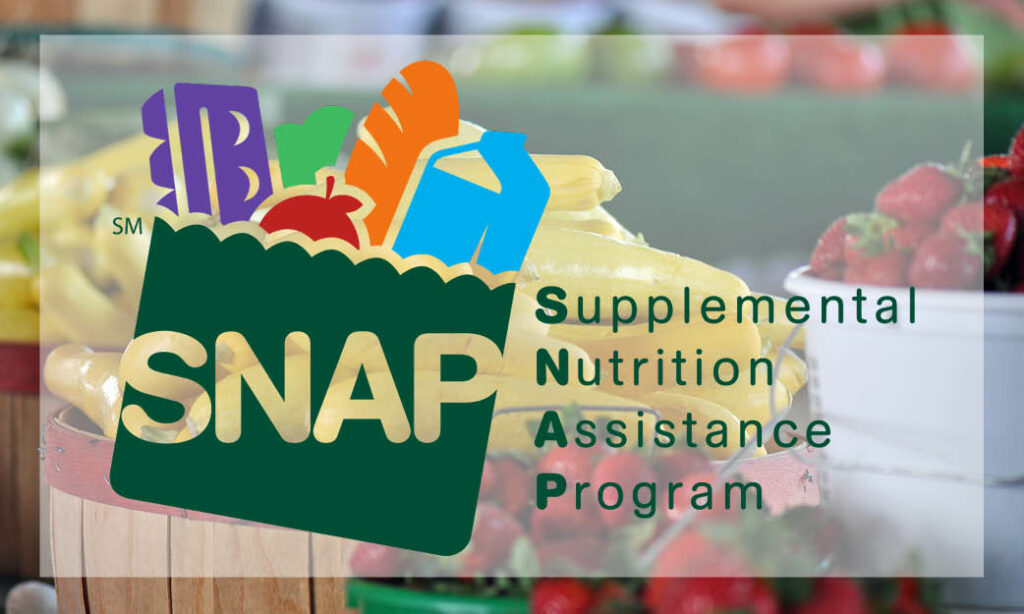
3. Medicaid
Medicaid is a government insurance program that assists low-income people in paying for medical treatment. This program is a federally funded healthcare program available in all 50 states.
Medicaid covers a variety of medical services, but not all medical treatments. In addition, each state’s Medicaid program has its own set of requirements.
If you think you might be eligible for the program, contact your state Medicaid agency or visit the Medicaid website to learn more and to apply. You can also find information about Medicaid in your state’s Health Insurance Marketplace.
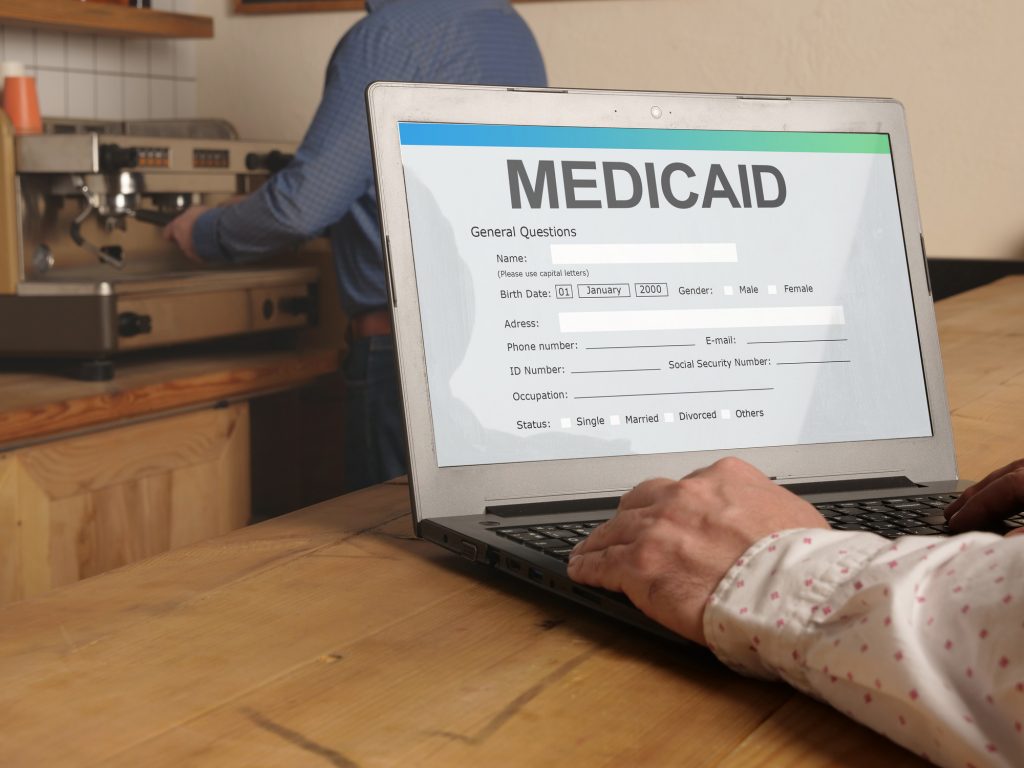
4. Federal Public Housing Assistance (Section 8 Housing)
The HUD-sponsored Federal Public Housing Aid program provides financial assistance to low-income households having trouble paying their rent.
Federal Public Housing Assistance (Section 8 Housing) is an excellent option for purchasing a home without breaking the bank. The application procedure is straightforward, and you might get it in minutes. To learn more about Federal Public Housing Assistance (Section 8 Housing) and how to apply, contact your local housing authority.
5. SSI
Supplemental Security Income (SSI) is a financial support program for handicapped, blind, or elderly persons. Because SSI is a federally financed program, it is available to people in all 50 states. You must fulfill certain conditions to be eligible for SSI payments, such as being unable to work due to a disability and having limited income and resources.
The application process for SSI is relatively simple. You can apply for Social Security benefits online, over the phone, or in person at your nearest Social Security office. You’ll have to show evidence of your disability, income, and assets. If you are qualified for SSI benefits, the government will send you monthly payments.
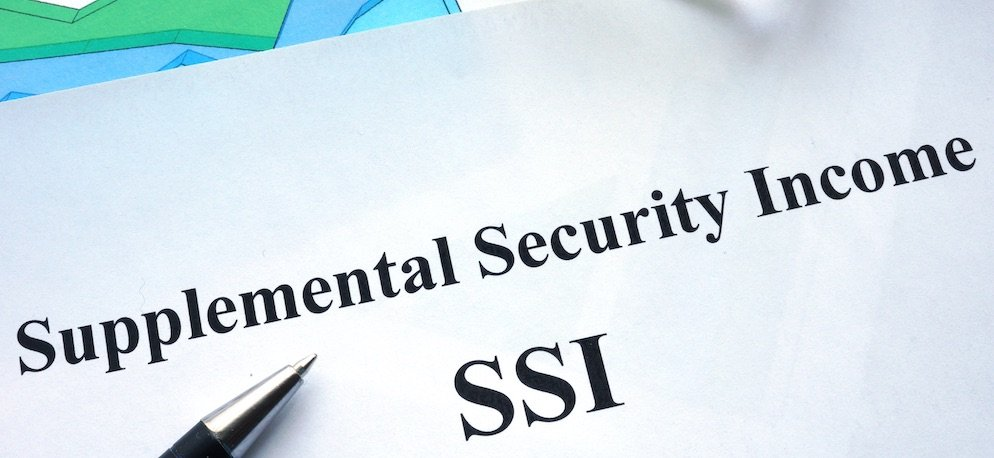
6. WIC
WIC (Women, Infants, and Children) is a government-supported nutrition program that assists low-income pregnant women and mothers of small children in eating well and staying healthy.
Since 1974, the WIC program has assisted millions of women and children in obtaining the nutrition they require to be healthy. Nearly 8 million individuals got benefits from the WIC program in 2016.
You must be a pregnant woman, a mother of a kid under five, or a one-year-old infant to be eligible for WIC. You must also have a low income, defined as a household income of less than 185 percent of the federal poverty level. WIC applications are available through your local health department or WIC facility.

Participants Of Tribal Specific Programs Are Qualified for ACP Eligibility
If you’re a member of a Tribal-specific program like the Bureau of Indian Affairs General Assistance, Tribal TANF, or the Food Distribution Program on Indian Reservations, you will meet the ACP eligibility. Then, you might save up to $75 per month on internet access.
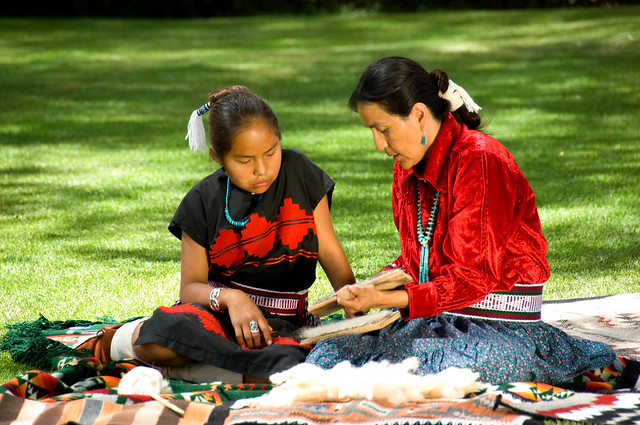
1. Tribal TANF
Tribal TANF is a financial aid program for low-income families. The Department of Health and Human Services administers it, and it is offered to qualifying Native American tribes. Food, clothing, and shelter are some of the basic needs that Tribal TANF can assist families with. Other services, such as career training and child care, are also possible.
Please contact your local tribe or the Department of Health and Human Services if you are interested in applying for Tribal TANF. On the Bureau of Indian Affairs’ website, you may discover contact information for your tribe’s welfare office.
2. Bureau of Indian Affairs General Assistance
The Bureau of Indian Affairs (BIA) General Support program provides temporary financial assistance to qualifying tribes and people. Individuals and families that cannot satisfy their basic requirements, such as food, clothes, and shelter, will benefit from the program.
You must be a member of a federally recognized tribe to qualify for BIA General Assistance. You must also fulfill specific income standards and have a particular quantity of assets.
If you qualify for BIA General Help, you may be eligible for financial assistance for 12 months. Your income and assets will determine the amount of help you get.
For additional information on applying for Bureau of Indian Affairs General Assistance, please visit their website. You may also get more information about the program and how to apply by contacting their office directly.
3. Food Distribution Program on Indian Reservations
Food aid is provided to qualified Native Americans living on or near Indian reservations through the Food Distribution Program on Indian Reservations, financed by the federal government. The Food and Nutrition Service of the United States Department of Agriculture administers the program, one of the country’s major nutrition aid programs.
The Food Distribution Program on Indian Reservations (FDPIR) distributes a monthly food supply to qualified families. There are ereals, pork, chicken, fish, canned fruits and vegetables, dry beans and peas, and peanut butter.
You must satisfy specific qualifications to be eligible for the FDPIR, including being a member of a federally recognized tribe and residing on an Indian reservation. If you are a descendant of a member of a federally recognized tribe, you may also be eligible. Visit the USDA website for additional information on qualifying requirements.

4. Head Start
Infants, toddlers, and preschool-aged children from low-income families benefit from Head Start programs, which help them become ready for school. Centers, family child care, and children’s homes are all places where services are delivered. Head Start programs also encourage strong connections between parents and other key family members, emphasizing family well-being. Parents take on leadership roles and have a voice in how the program runs.

Head Start services are provided by 1,600 agencies in local areas. Non-profit organizations, schools, and community action groups manage most Head Start programs. Every year, they serve over a million children in every state and territory in the United States.
For further information about the Head Start program, you can check it out on the Office of Head Start website.
Participants In The National School Lunch Program Or The School Breakfast Program
You are most likely qualified for ACP eligibility if you already participate in the National School Lunch Program or the School Breakfast Program. Here’s all you need to know about these 2 programs.
1. National School Lunch Program
The National School Lunch Program is a nationally-funded meal program that provides low-income students with free or reduced-price meals. The program began in 1946 and is now available in over 100,000 schools across the United States.
Lunches supplied under the National School Lunch Program must adhere to strict nutritional guidelines, including calorie, fat, and salt limitations. If a family’s income falls below a specific threshold, children can get free or reduced-price meals under the program.
If you’d like to apply for the National School Lunch Program, go to the US Department of Agriculture’s website. You’ll be able to fill out an application and submit it for approval after that. You will be eligible to begin getting benefits from the program after your application pass.

2. School Breakfast Program
The school breakfast program is a federally financed food program that offers kids in public and nonprofit private schools free or reduced-price meals. The initiative aims to guarantee that all kids get a nutritious meal to start their day, which can help them perform better academically and learn more effectively.
Cereal, eggs, toast, oatmeal, and other nutritional breakfast options are available through the School Breakfast Program. Students’ academic performance has been demonstrated to increase when they participate in the program and their dietary needs. Visit https://www.fns.usda.gov/school-breakfast-program for additional information about the School Breakfast Program.
Get a Federal Pell Grant
The Federal Pell Grant is a financial aid that assists students who need help paying for college. The gift is based on financial necessity and does not require repayment. Students who qualify can get up to $5,500 every year.
You must fulfill certain conditions to be eligible for a Federal Pell Grant. Then, it’s necessary to enroll in a degree or certificate program that qualifies, and you must show financial need. You must also be a United States citizen or an eligible non-citizen with a valid Social Security number.
One of the most common types of financial help is the Federal Pell Grant. More than half of all undergraduate students get Pell Grant funding somehow. Fill out the Free Application for Federal Student Aid if you’re interested in applying for a Federal Pell Grant (FAFSA). The FAFSA is the application that determines whether or not you are eligible for any type of financial aid, including the Pell Grant. Then, you will fulfill the ACP eligibility.
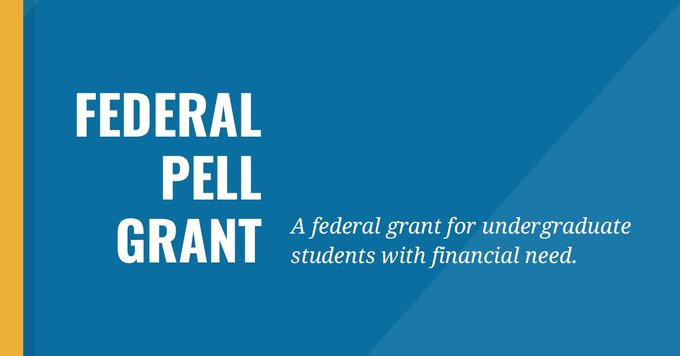
Frequently Asked Question About ACP Eligibility
Here are the frequently asked questions about ACP eligibility that you may concern about:
Breakfast and lunch are provided free of charge to all students at my child’s school. Do we meet the requirements?
A home may enroll in the Affordable Connectivity Program if their school participates in the Community Eligibility Provision or if the household has applied for and been qualified for benefits under the free and reduced-price school lunch or school breakfast programs separately. If a school provides free lunch or breakfast to all students regardless of income through a program other than the Community Eligibility Provision – such as COVID-19 waivers extending the Seamless Summer Option (SSO) or Summer Food Service Program (SFSP) – then the household would not be eligible for the free and reduced-price school lunch or school breakfast program by an extension of the SSO or SFSP.
Can I receive the enhanced Tribal Lifeline Benefit and the $75 Affordable Connectivity Program each month?
Yes. The $34.25 Lifeline Tribal benefit and the $75 Affordable Connectivity Program benefit are available to qualified households on Tribal territories. As long as the provider participates in the Affordable Connectivity Program, they can be applied to the same qualified service or separately to a Lifeline service and internet subscription with the same or other providers. For example, an eligible household might have a Lifeline-supported mobile service and a separate Affordable Connectivity Program-supported home internet subscription.
Is it possible to qualify for the ACP eligibility if I owe a provider money?
The benefit is available to qualifying consumers who have a past-due debt or a balance in collections. Contact your provider for further information on your ACP eligibility.
Conclusion
The Affordable Connectivity Program is a great way to receive affordable broadband and internet service, and it’s available to individuals that meet the program’s eligibility requirements. Check your eligibility now to see whether you can get the ACP benefits or not.
